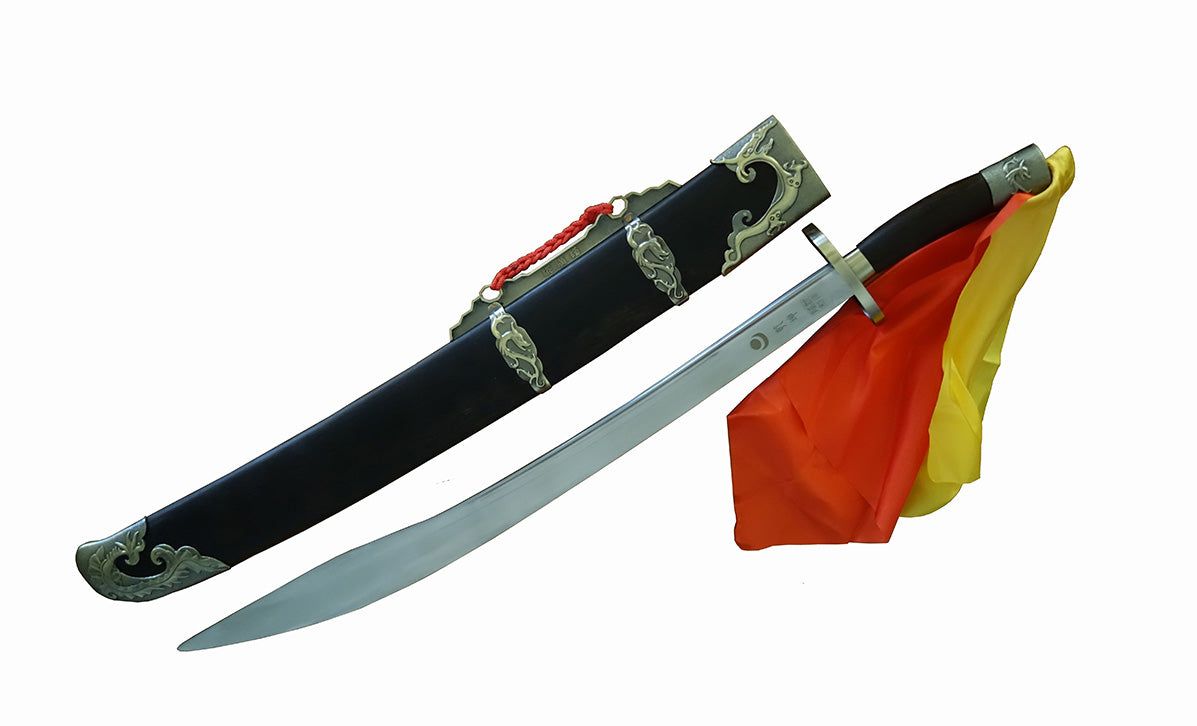I'm going to make an effort to chime in as a neutral 3rd party here. I have only a small amount of WC background and no particular concerns with anyone's lineage, but I do have a copy of Judkin's book and pretty good reading comprehension.
Despite your contrasting claims about the "obvious" meaning of jlq's original post, it's actually quite ambiguous. The subject in the sentence "This book is actually not actually a serious scholarly work..." could easily be read as referring either to Judkins book or to "Foshan Martial Arts Culture". A little bit of initial editing could have clarified that. However, jlq has repeatedly clarified his intent in subsequent posts. I've reviewed all of his posts on the subject and can't find any other comment he has made which could be interpreted as suggesting that Judkin's book is not scholarly. To the contrary, I've found comments by him stating that Judkin is an excellent scholar.
Part of maintaining this forum as a place for friendly martial arts discussion involves giving each other the benefit of the doubt and not attempting to mind read and assume someone else's intent without evidence. You have a perfect right to believe that jlq is for some reason lying about the intent behind his original ambiguous paragraph. However making that accusation publicly without evidence is neither helpful to the discussion nor within the bounds of civility.
What might be productive is engaging with his claim as clarified - that "Foshan Martial Arts Culture" is one of Judkin's primary sources and is not itself a scholarly work.
Okay, so here we have an objectively testable claim, i.e. in the section of Judkin's book which focuses on the development of Wing Chun in mainland China he draws primarily from two sources: Leung's Roots and Branches and Ma's Foshan Martial Arts Culture.
To clarify this claim, I should point out that Judkin's book contains five chapters and an epilogue. The first three chapters are primarily concerned with the general history of the Guangdong province from 1800 - 1949, with an emphasis on martial culture. There are some passing mentions of Wing Chun, but not a lot of specific focus on the art. That is reserved for chapter 4, which is about the development of Wing Chun in mainland China. Chapter 5 is focused on Ip Man, but is mostly about his time spent in Hong Kong. The epilogue briefly covers the spread of Wing Chun as a worldwide art.
My interpretation of jlq's claim is that at least the majority of Judkin's citations for chapter 4 are from Leung's Roots and Branches and Ma's Foshan Martial Arts Culture. I'm prepared to go ahead and count up those citations right now. However, if anyone else has a reasonable interpretation of what jlq might be stating or ideas of what I should check with regard to those citations, go ahead and let me know. Otherwise I'll report back with my findings once I've finished my lunch and had a chance to count up the citations.


